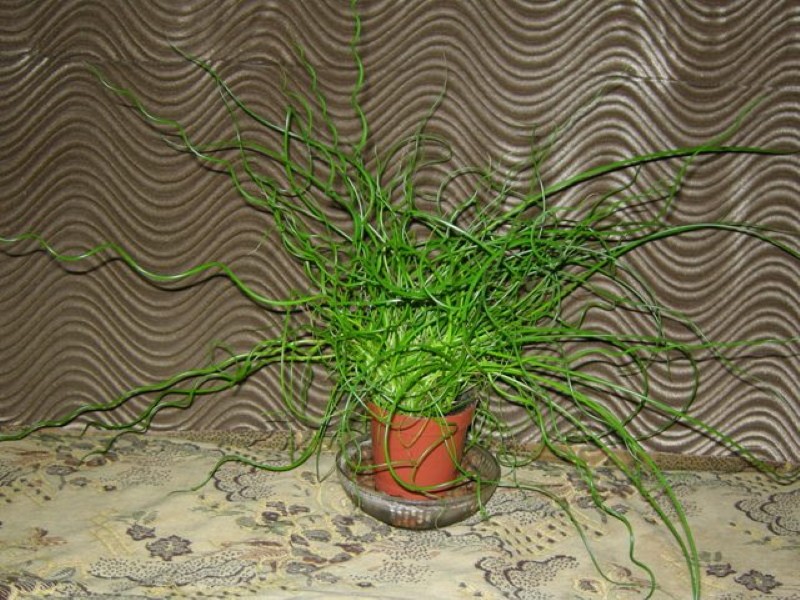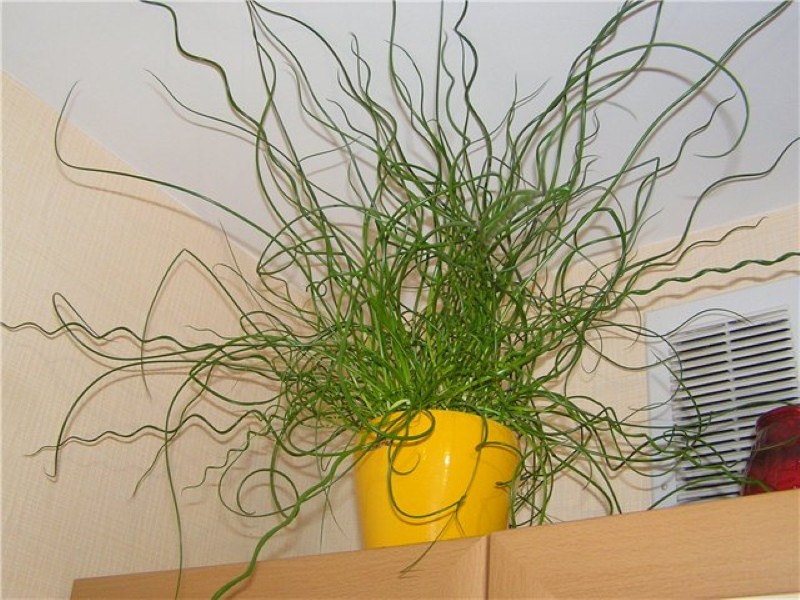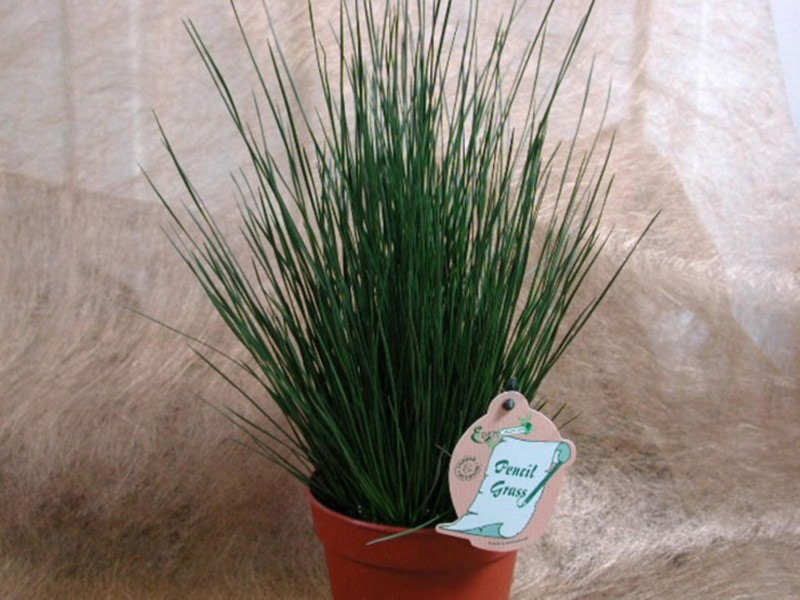The inhabitant of water and the great capricious sitnik - home care for a rare flower
 It does not have large and beautiful leaves, is very picky and is generally a cereal. But nevertheless, this does not become an obstacle for flower growers who decided to start an unusual plant with curled leaves. This is a great original and whimsical rhea plant, home care for which is very different from growing other indoor flowers. And all for the reason that, in fact, the rump is an outdoor plant and mainly grows in nature near water bodies or right in the water. Accordingly, it is not difficult to understand that his love for moisture is at the genetic level. Moreover, it is she who is the main condition for the sitnik to feel good. It is problematic to create such a microclimate in an apartment, but it is possible if you really want such a flower. Despite its modest size, it is beautiful in its own way, and is also capable of doing good service and humidifying the air.
It does not have large and beautiful leaves, is very picky and is generally a cereal. But nevertheless, this does not become an obstacle for flower growers who decided to start an unusual plant with curled leaves. This is a great original and whimsical rhea plant, home care for which is very different from growing other indoor flowers. And all for the reason that, in fact, the rump is an outdoor plant and mainly grows in nature near water bodies or right in the water. Accordingly, it is not difficult to understand that his love for moisture is at the genetic level. Moreover, it is she who is the main condition for the sitnik to feel good. It is problematic to create such a microclimate in an apartment, but it is possible if you really want such a flower. Despite its modest size, it is beautiful in its own way, and is also capable of doing good service and humidifying the air.
The sitnik has other names - junkus, yunkus.
Characteristic features of a plant such as the rush

Junkus has many species, up to 400, and all of them are extremely hygrophilous. Most rushes do well in the garden and are often grown in artificial ponds. As a houseplant, only one species is used - branchy rush.
The branchy rump has varietal varieties. Many have retained the twisted shape of the shoots, but acquired their variegated color - Blond Ambition, Vittatus. Erect varieties also look beautiful, for example, yellow-green Gold Strike, Pencil Gress.
There must be special growing conditions for junkus
 Increased moisture requirements are the main problem for indoor rushes. They need high air humidity all year round, especially during the heating season. Ideal if the room has an aquarium or fountain. Then junkus can be grown directly in them or at least placed next to them.
Increased moisture requirements are the main problem for indoor rushes. They need high air humidity all year round, especially during the heating season. Ideal if the room has an aquarium or fountain. Then junkus can be grown directly in them or at least placed next to them.
Also, the room should always be warm, but not hot. Growths grow best at 20-24 ° C heat, but they can adapt to light coolness, 18-16 ° C heat. The main thing is not to allow the temperature to drop even lower, otherwise the bushes will leave for a dormant period and drop their decoration, foliage.
The easiest way to solve the issue is with lighting. Despite the fact that junkus need diffused quality light, they are easy to retrain and grow in partial shade. Moreover, a spreading rush can live completely under artificial light.
Sitnik - home care
 The main thing in caring for indoor junkus is not to forget about what they need. And clearly follow these procedures:
The main thing in caring for indoor junkus is not to forget about what they need. And clearly follow these procedures:
- Spray frequently.
- Ensure constant availability of water. The standard watering rules for rushes "don't work." They should always have water and it is absolutely unacceptable for the soil to dry out a little. It is best to put the pot in a deep tray, pour water into it and make sure that its level does not fall below 8 cm. You can plant it in a double pot.
- Add a weak solution of mineral fertilizers to the water pan twice a month. In winter, the hermit is not fed.
- Trim if necessary. The bushes do not need to be formed, but sometimes they need to be corrected. For example, if straight stems have grown in spiral varieties or green in variegated varieties, they are cut out.
You can grow rushes on hydroponics or in pots. In the latter case, the soil should be light, acidic and moisture-absorbing. A store-bought potting soil mix for paludariums or aquatic plants will do. Indoor junkus reproduce only vegetatively, by divisions.